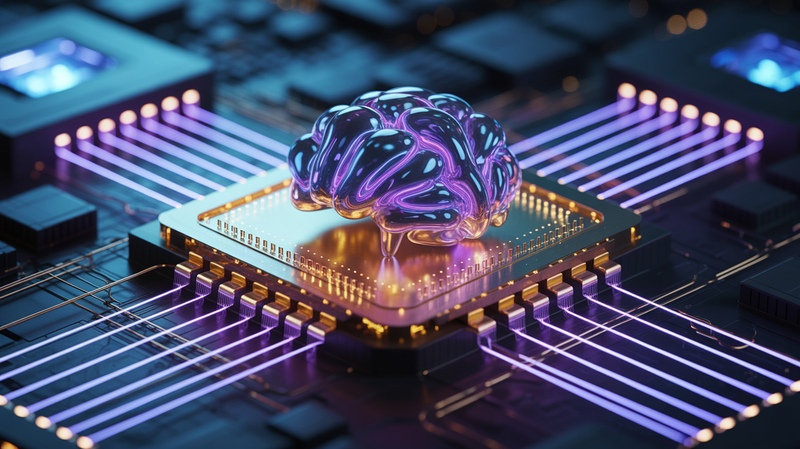Revolutionizing the Internet: Quantum Memory Transforms Data with Light and Sound
Researchers at the University of Copenhagen's Niels Bohr Institute have taken a groundbreaking step in the advancement of quantum technologies by developing a novel quantum memory system. This innovative system utilizes a small drum-like device that can store data encoded in light within its sonic vibrations, then transmit

Researchers at the University of Copenhagen's Niels Bohr Institute have taken a groundbreaking step in the advancement of quantum technologies by developing a novel quantum memory system. This innovative system utilizes a small drum-like device that can store data encoded in light within its sonic vibrations, then transmit this data through new light sources when required. This development marks a significant move toward achieving an ultra-secure and incredibly fast quantum internet.
Quantum Drum: The Key to Future Quantum Networks
At the heart of this innovation is a small drum composed of a ceramic, glass-like material designed to resonate when struck by laser light. This resonance, occurring at a rate and purity required by quantum mechanics, allows the drum to function as a quantum memory device. By converting light signals into sonic vibrations and back again, the device demonstrates a new form of "quantum memory," crucial for the future functionality of quantum networks and computers.
The Challenge of Quantum Data Transmission
One of the significant challenges in the development of quantum networks is the issue of signal degradation over long distances. In traditional fiber-optic communications, signal amplifiers mitigate loss; however, for quantum information, amplification isn't straightforward without disrupting the quantum state—a phenomenon known as "decoherence."
The Solution: Mechanical Quantum Memory
The drum developed by the Niels Bohr Institute researchers offers a promising solution. The device is capable of receiving quantum data, storing it, and re-emitting it without significant loss of quantum coherence. This capability is critical for extending the range of quantum communications without converting quantum data into classical bits, thereby maintaining security and integrity inherent to quantum systems.
Practical and Flexible Technology
The quantum drum differentiates itself with its flexibility and practicality. Unlike atomic systems used in other quantum memory technologies, which have fixed properties, the mechanical nature of the quantum drum allows for adjustments and modifications. This adaptability means it can evolve alongside advancements in quantum technology.
Implications for Quantum Computing
The implications of this technology extend beyond data transmission. The ability to store and retrieve quantum information reliably and over extended periods makes the quantum drum analogous to quantum RAM, providing a basis for more complex quantum computing operations. With the current record of 23 milliseconds of memory time, there's potential for integration into future quantum networks and as a foundational technology for quantum computers.
A Milestone in Quantum Research
This research not only represents a significant technical achievement but also aligns with the legacy of pioneering quantum work at the Niels Bohr Institute. As quantum computing and communication technologies continue to evolve, the development of robust and reliable quantum memory systems like this quantum drum will be crucial for realizing the full potential of quantum technologies in various applications, from secure communications to complex computational tasks.




